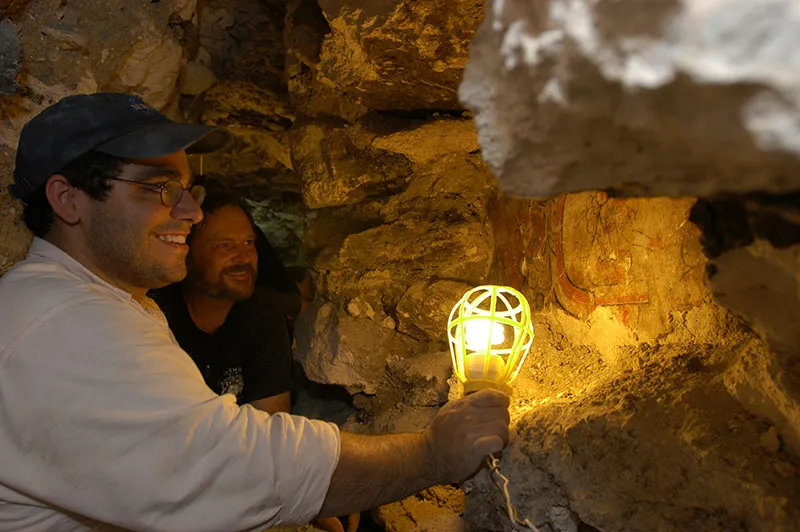The San Bartolo Murals: A Glimpse into Late Preclassic Maya Beliefs
The site of San Bartolo, Guatemala, holds the most elaborate series of ancient Maya paintings. These murals offer a rare glimpse into the belief systems of the Late Preclassic Maya. However, looting and uncontrolled tourism threaten their preservation. The San Bartolo Mural Project aims to conserve these fragile paintings and share their knowledge through museum exhibits and outreach initiatives.
Get your dose of History via Email
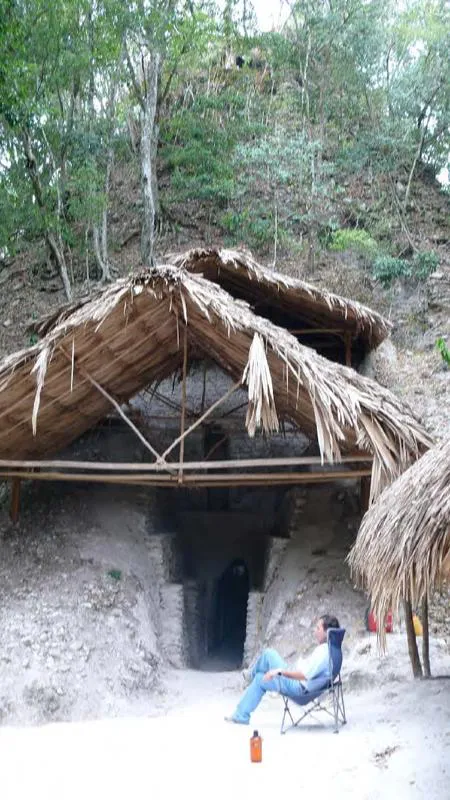
Discovery and Significance
In 2001, archaeologists discovered mural paintings at San Bartolo. These murals date from the Late Preclassic period (ca. 400 B.C. – A.D. 250). Fourteen meters of intact wall paintings represent the most extensive preservation of Preclassic Maya murals yet found. Today, these murals exist both as buried wall paintings and as broken fragments in an archaeological lab.
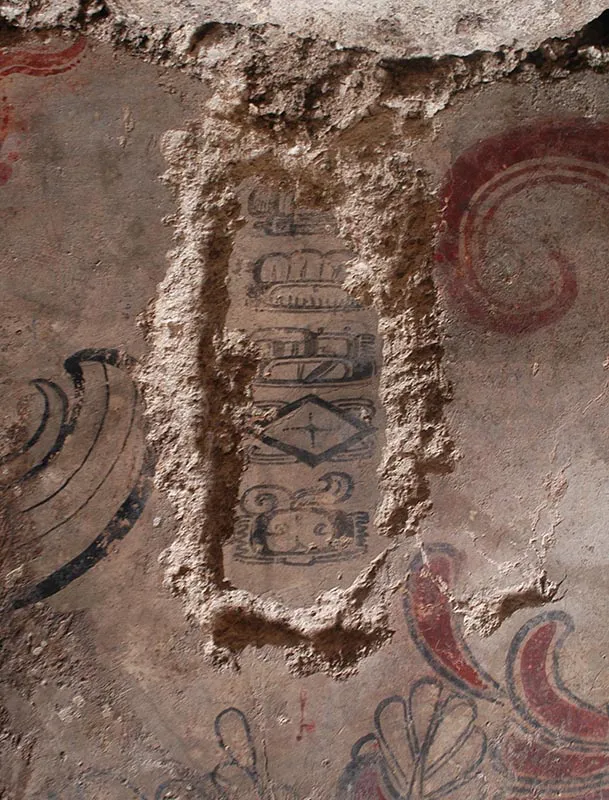
Research and Conservation Efforts
The San Bartolo Mural Project builds on eleven years of collaborative research. The project focuses on both on-site preservation and off-site curation of mural fragments. Researchers aim to reconstruct the original artworks and reveal the complete mural program. The project is rediscovering scenes of ancestor veneration and creation mythology created by the Maya over two thousand years ago.
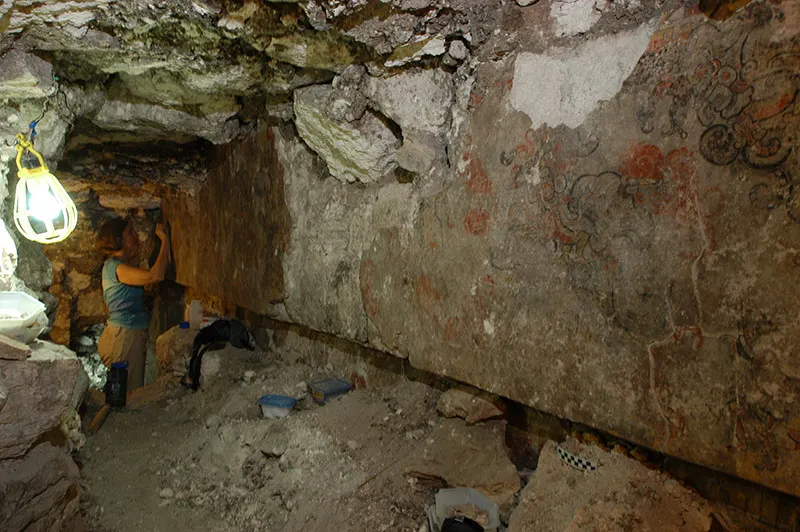
Mural Locations and Themes
The murals are concentrated in Las Pinturas, the central pyramid complex. Mural artists began decorating ceremonial architecture around 300 B.C. The best-preserved murals are in the mural chamber Sub-1A, dating to around 100 B.C. These murals depict sacrifice by four young lords, scenes in the life of the maize god, coronation rituals, and ancestral emergence from a sacred cave. Exterior murals show figures standing at the building’s corners with a painted stucco sculpture on its cornice.
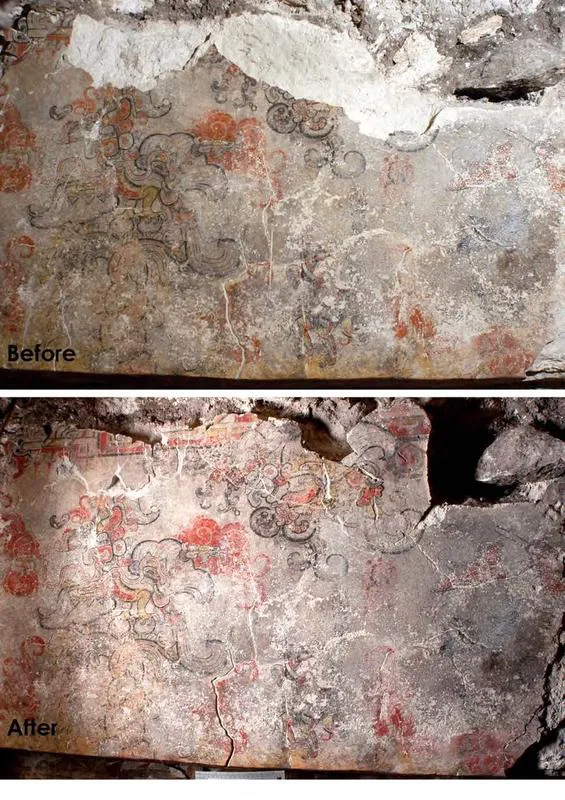
Preservation Efforts
In 2013, site preservation efforts included mural condition inspection and monitoring. Sensors measured surface temperature, relative humidity, surface conductivity, time of wetness, illumination, and CO2 levels. These measurements help assess risks like condensation, salt concentration, and paint discoloration. AIA funding also supported on-site guards to monitor the site and limit unauthorized visitors.
Paint Analysis
Researchers took and analyzed pigment and paint samples from San Bartolo. The goals were to discover better methods for treating the murals and to compare San Bartolo paint technology to other Maya murals. Understanding the unique chemistries of each paint sample helps tailor mural treatments. Familiarity with the pigments also aids in piecing together fragmented murals, which ancient Mayans intentionally broke around 100 A.D.
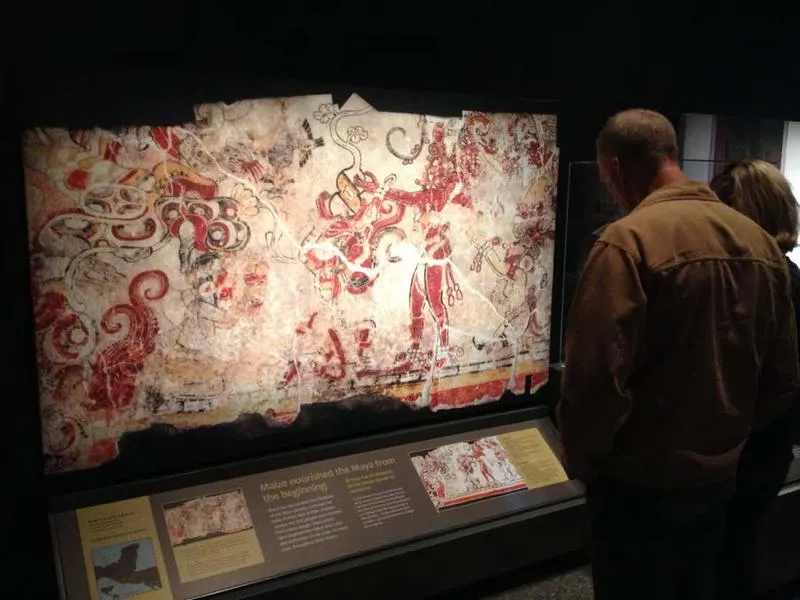
Conclusion
The San Bartolo Mural Project is crucial for preserving and understanding ancient Maya art and beliefs. Through ongoing research and conservation, the project aims to protect these invaluable murals for future generations.
Sources:
archaeological.org
archaeological.org

